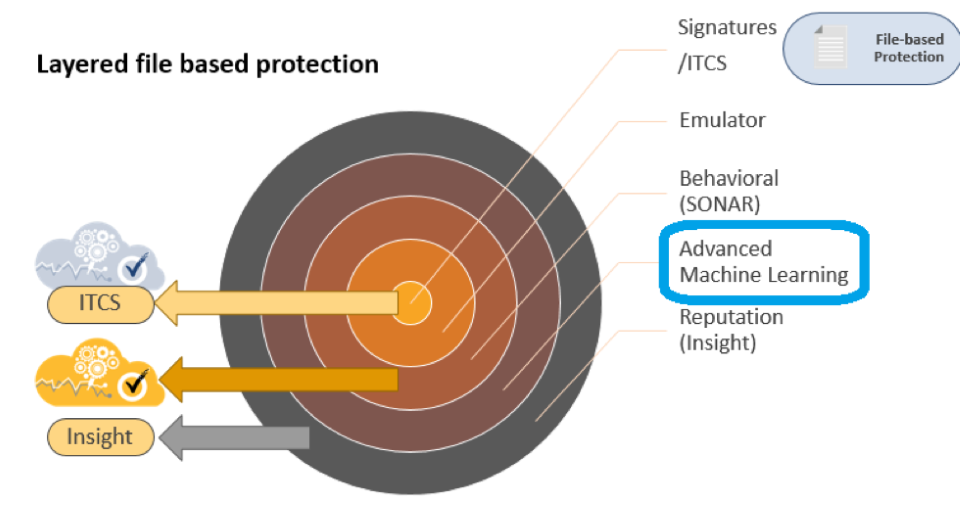

These Dos and Don’ts can help you to avoid being taken advantage of by cybercriminals, and to prevent and protect against these types of attacks.

The fastest way to regain access to your critical files is to have a backup of your data. Do deploy and maintain a comprehensive backup solution. Restricting the user permissions for the share or the underlying file system of a mapped drive will provide limits to what the threat has the ability to encrypt.ħ. The current ransomware threats are capable of browsing and encrypting data on any mapped drives that the end user has access to. Do limit end user access to mapped drives Regular patching of vulnerable software is necessary to help prevent infection.Ħ. Inbound e-mails should be scanned for known threats and should block any attachment types that could pose a threat.ĥ. Do make sure that all systems and software are up-to-date with relevant patchesĮxploit kits hosted on compromised websites are commonly used to spread malware. Do employ content scanning and filtering on your mail servers Make sure employees are educated on what to do when they receive emails from unknown senders with suspicious attachments or links.Ĥ. One of the primary ways that these threats get into your network is through “Spear Phishing” attempts, where an unsolicited e-mail will come from an unknown sender with an attachment that is then executed. This solution should have protections for not just file-based threats (traditional AV), but should also include download protection, browser protection, heuristic technologies, firewall and a community sourced file reputation scoring system. With the endpoint being the final line of defense from any threat, a multi-faceted security solution should be employed. Restoration of your files from a backup is the fastest way to regain access to your data.Ģ. Do install, configure and maintain an endpoint security solution Restore any impacted files from a known good backup.Remove the impacted system from the network and remove the threat.Do not negotiate with the same aggressors that were holding your files hostage in the first place. Even if the ransom is paid, there is no guarantee that you will be able to regain access to your files. Paying the ransom may seem like a realistic response, but it is only encouraging and funding these attackers.


 0 kommentar(er)
0 kommentar(er)
